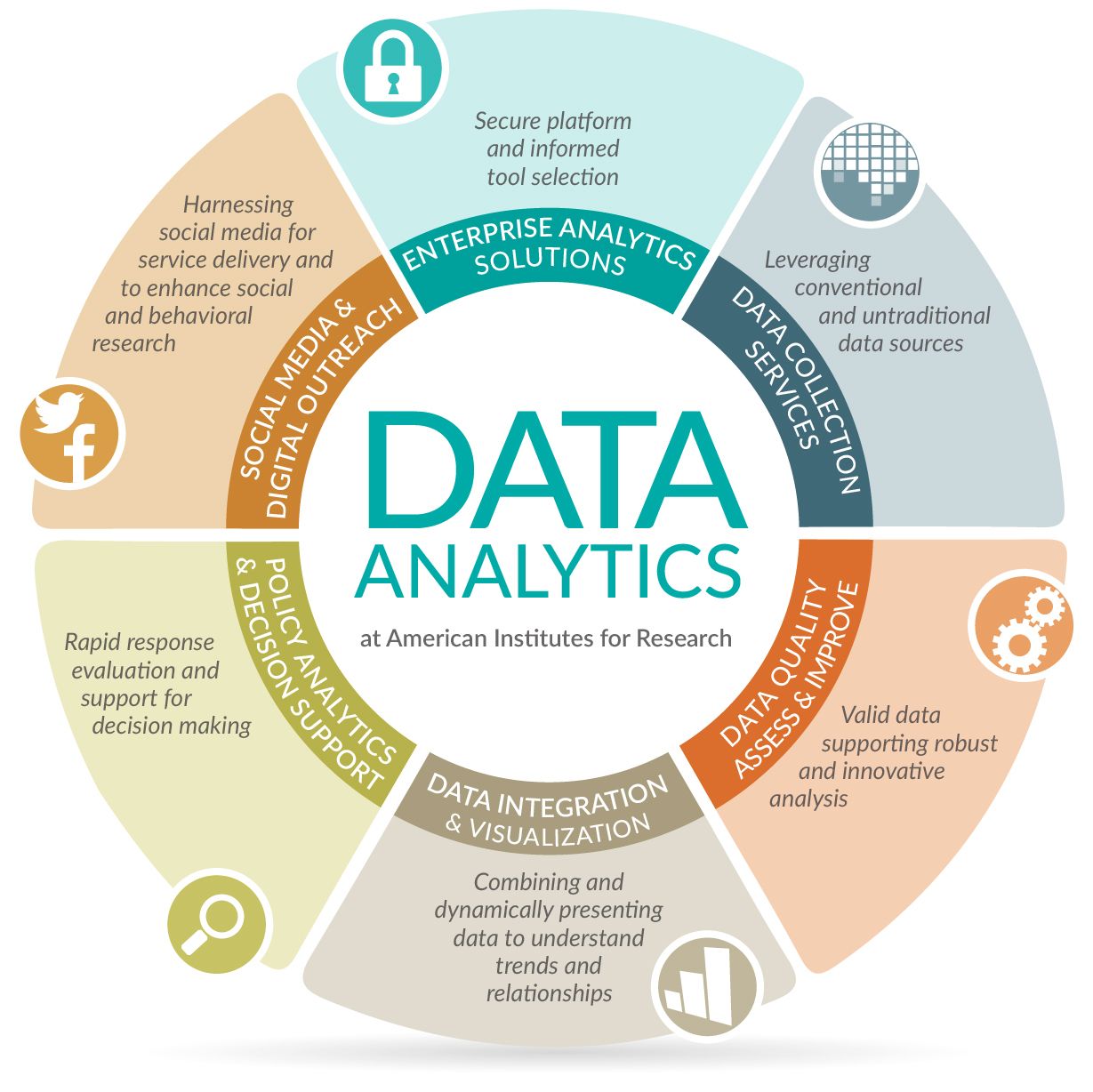
Data analysis for making managerial decisions
Data analysis for making managerial decisions
In today's business landscape, data analysis has become a crucial tool for making informed and effective managerial decisions. With the vast amount of data available, companies can leverage this data to gain insights into their operations, customer behavior, and market trends. Data analysis is the process of examining raw data to draw conclusions, identify patterns, and make predictions, and it has become an essential aspect of modern business management.
Managers have access to a vast amount of data, including sales data, financial data, customer data, and operational data. By analyzing this data, managers can gain insights into their company's performance, identify areas for improvement, and make data-driven decisions. For example, data analysis can help managers determine which products or services are the most profitable, which marketing campaigns are the most effective, and which operational processes are the most efficient.
Data analysis also enables managers to identify trends and patterns that might not be immediately apparent. For example, by analyzing customer data, managers can identify patterns in customer behavior, such as buying habits or preferences, and use this information to improve customer satisfaction and increase sales. Data analysis can also help managers identify trends in the market, such as changes in consumer demand or the emergence of new competitors, and adjust their business strategies accordingly.
In addition, data analysis can help managers identify potential problems before they become major issues. For example, by analyzing financial data, managers can identify potential cash flow problems and take steps to address them before they affect the company's operations. Similarly, by analyzing operational data, managers can identify potential bottlenecks in production processes and take steps to address them before they impact the company's productivity.
There are many different techniques and tools available for data analysis, including statistical analysis, machine learning, and data visualization. Statistical analysis involves using mathematical models to analyze data and draw conclusions based on the results. Machine learning is a type of artificial intelligence that involves training algorithms to identify patterns in data and make predictions based on those patterns.
Data visualization involves presenting data in a visual format, such as charts or graphs, to make it easier to understand and analyze.
To effectively use data analysis for managerial decision-making, managers need to have a clear understanding of the data they are analyzing and the tools and techniques they are using. They also need to be able to communicate the results of their analysis to others in the organization in a clear and concise manner. Data analysis can be complex, and it is important to ensure that everyone in the organization understands the insights and recommendations generated by the analysis.
In conclusion, data analysis is a critical tool for making informed and effective managerial decisions. By analyzing data, managers can gain insights into their company's performance, identify areas for improvement, and make data-driven decisions. Data analysis also enables managers to identify trends and patterns, identify potential problems before they become major issues, and adjust their business strategies accordingly.
To effectively use data analysis, managers need to have a clear understanding of the data they are analyzing and the tools and techniques they are using, and they need to be able to communicate the results of their analysis to others in the organization.

